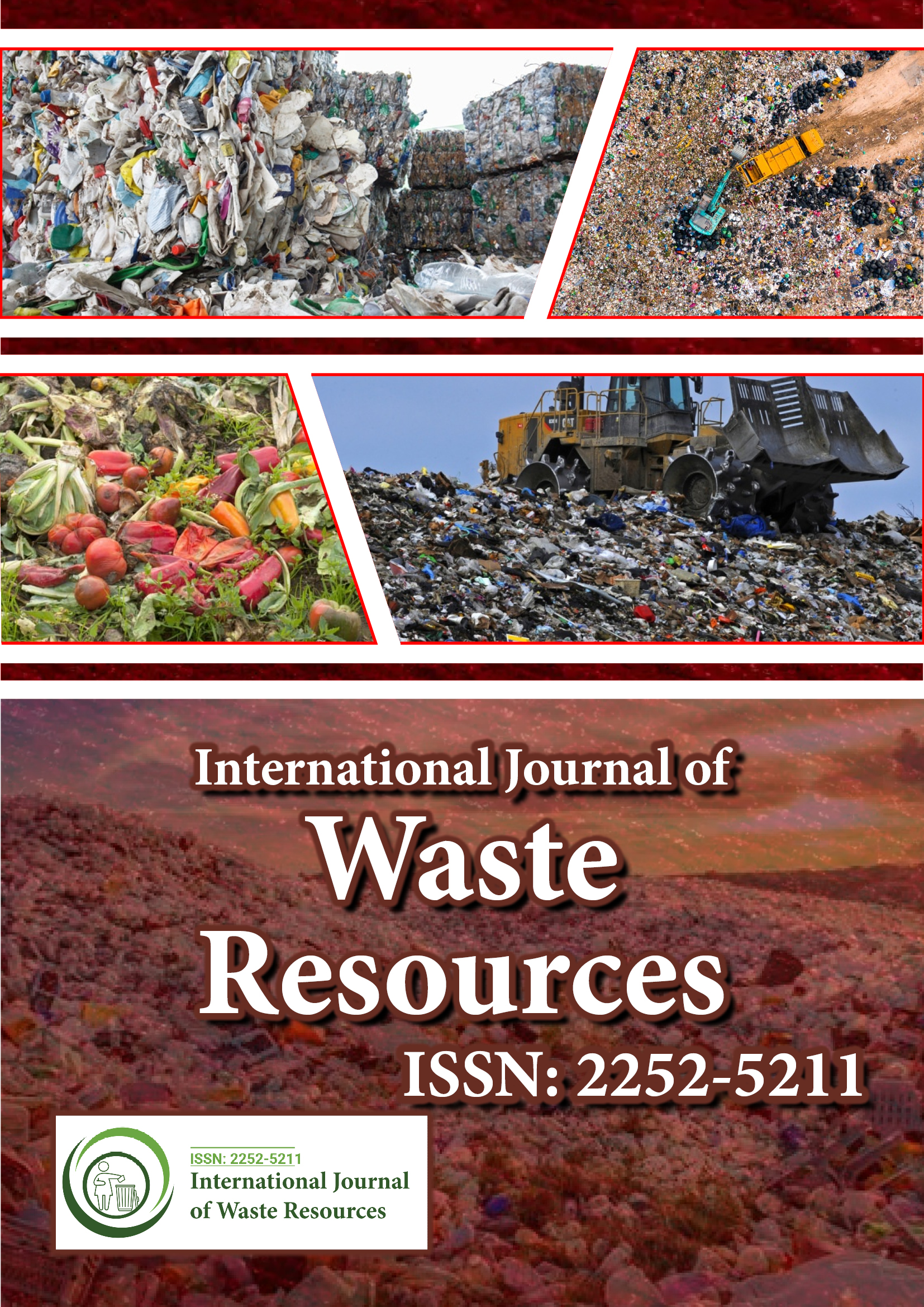インデックス付き
- Jゲートを開く
- グローバル インパクト ファクター (GIF)
- オープンアーカイブイニシアチブ
- ビューサーチ
- 国際科学普遍研究協会
- 中国国家知識基盤 (CNKI)
- サイテファクター
- シマゴ
- ウルリッヒの定期刊行物ディレクトリ
- 電子ジャーナルライブラリ
- レフシーク
- 研究ジャーナル索引作成ディレクトリ (DRJI)
- ハムダード大学
- エブスコ アリゾナ州
- パブロン
- Google スカラー
このページをシェアする
ジャーナルチラシ

概要
アルジェリア HBK の石油田から発生する油水の化学処理プロセスと再利用
Sellami MH、Benhabireche F、Frouhat H 氏
石油・ガス産業から生じる廃水は、土壌、水、大気の汚染源となり、環境に致命的な危険をもたらします。油性水からの炭化水素の除去は、凝固・フロック化などの化学的方法によって行われます。本研究の目的は、生態系へのダメージを防ぐために、大量の廃水パージ貯蔵容器を処理して再利用するための共同の取り組みに貢献することです。これは、クエン酸とアスコルビン酸という2種類の隔離法を使用した凝固・フロック化による廃水の分離効果を研究することによって達成されました。アルジェリア南部のベルカウイ石油田の研究所で調査された化学処理では、4%濃度の活性ケイ酸塩12mlを含む廃水溶液に2%のアスコルビン酸を使用することで最良の結果が得られました。その結果、浮遊物質は41mg/lに減少し、87.54%が除去されました。 - 処理水の濁度は 22 FTU に達し、浄化率は 91.88% でした。 - 炭化水素量は 3 ppm で、97.32% 削減されました。 - COD と BOD5 の削減率はそれぞれ 85.81% と 92.77% でした。最後に、地元の砂丘全体で灌漑テストを行った後、廃棄物をさらに除去するために化学処理の前にこれを生物学的フィルターとして使用することをお勧めします。
免責事項: この要約は人工知能ツールを使用して翻訳されており、まだレビューまたは確認されていません